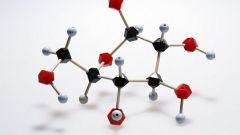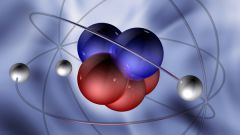You will need
- periodic table
Instruction
1
The quantum number of the electron n is called the principal. It determines the energy of the electron in the hydrogen atom and one-electron systems (e.g., in hydrogen-like ions of helium, etc.). The energy of the electron is E = -13,6/(n^2) eV, where n takes natural values.In many-electron levels with electrons with the same value of n form a shell or the electronic level. The levels are denoted by capital letters K, L, M,..., which correspond to the quantum number n = 1, 2 ,3...Thus, knowing at what level is the electron, one can determine the quantum number n. The maximum number of electrons in each level depend on n - it is equal to 2*(n^2).
2
The orbital quantum number l takes values from 0 to n-1 and characterizes the shape of the orbitals. It determines the subshell where the electron is located. The quantum number l also has a letter designation. The quantum numbers l = 0, 1, 2, 3, 4 correspond to the notation l = s, p, d, f, g... Letter symbols are present in the record of the electronic configuration of a chemical element, it is possible to determine the quantum number l. Only in the subshell 2(2l+1) electrons.
3
The quantum number ml is called the magnetic (bottom l is written as index). It defines the spatial value of the atomic orbitals, and takes integer values from -l to l through a unit, i.e. (2l+1) values.
4
Electron is a fermion, i.e. it has half-integral spin equal to 1/2. Therefore, it is the spin quantum number ms (s is written below, as the index) takes two possible values 1/2 and -1/2,representing the two projections of the angular momentum of the electron on the selected axis.







